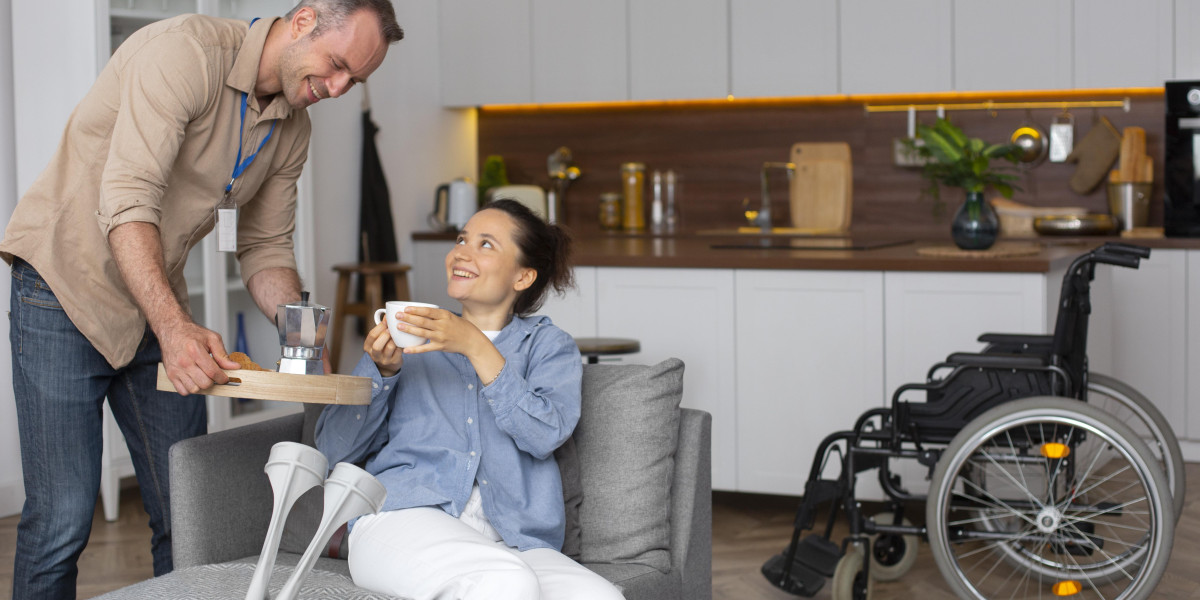Supported Independent Living (SIL) is a care model that helps individuals—especially those with disabilities, age-related challenges, or special needs—live independently while receiving tailored support services. The goal is to combine personal freedom with practical assistance, enabling people to lead meaningful and autonomous lives.
What is Supported Independent Living?
Supported Independent Living offers individuals the opportunity to live in their own homes or shared accommodations, while receiving help for daily activities. This support is flexible and depends on each person’s unique needs. It can include personal care, domestic chores, medication management, transportation, health monitoring, and life skills training. Unlike institutional care, SIL focuses on empowering individuals rather than doing everything for them.
Key Benefits of SIL
Independence and Dignity
SIL allows people to make their own decisions—about their routines, meals, social activities, and goals—while knowing help is available when needed.Better Quality of Life
Many individuals experience improved mental health, self-esteem, and community involvement when living more autonomously.Cost-Effective Care
SIL can be more affordable than full-time residential care, since support is customized to actual needs.Flexible and Personalized Support
Support plans can be adjusted as needs change, ensuring ongoing relevance and effectiveness.
Essential Components of SIL
Individual Planning: Every SIL arrangement starts with a clear understanding of the person’s abilities, goals, and preferences.
Trained Support Workers: Skilled staff provide care and encouragement while promoting self-reliance.
Accessible Housing: Homes are adapted for safety and mobility, such as with ramps, alarms, or smart devices.
Community Integration: SIL encourages participation in social, educational, or work activities, helping individuals build meaningful lives.
Common Challenges
While SIL has many advantages, challenges include funding constraints, availability of trained support workers, and ensuring the right balance between support and independence. In some areas, limited services or accessibility barriers can also make implementation difficult. Overcoming these challenges requires collaboration between service providers, communities, and governments.
Innovations in SIL
Technology is transforming Supported Independent Living. Smart home systems, emergency alarms, and telehealth services allow individuals to live safely with less direct supervision. Flexible scheduling and peer mentoring programs also give residents more control over their lives, while outcome tracking ensures quality and accountability.
Real-Life Impact
For example, someone moving out of their family home may initially need daily support for cooking, cleaning, and budgeting. Over time, as confidence grows, support can be reduced, enabling them to live more independently while staying connected to the community.
Conclusion
Supported Independent Living empowers people to live with dignity, freedom, and the right level of support. It bridges the gap between institutional care and fully independent living, giving individuals control over their lives while ensuring their needs are met. As communities adopt flexible, person-centred approaches, SIL continues to prove that independence and support can go hand in hand.







